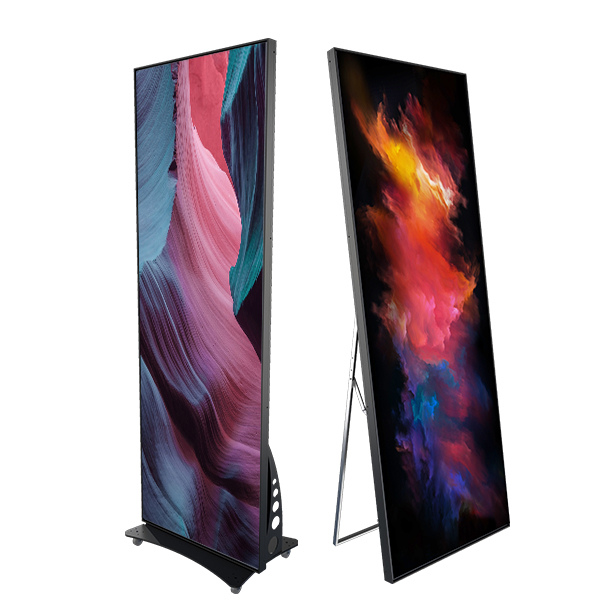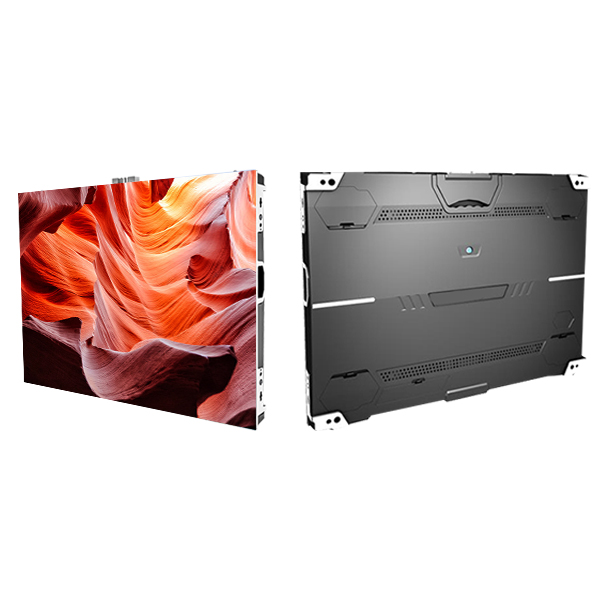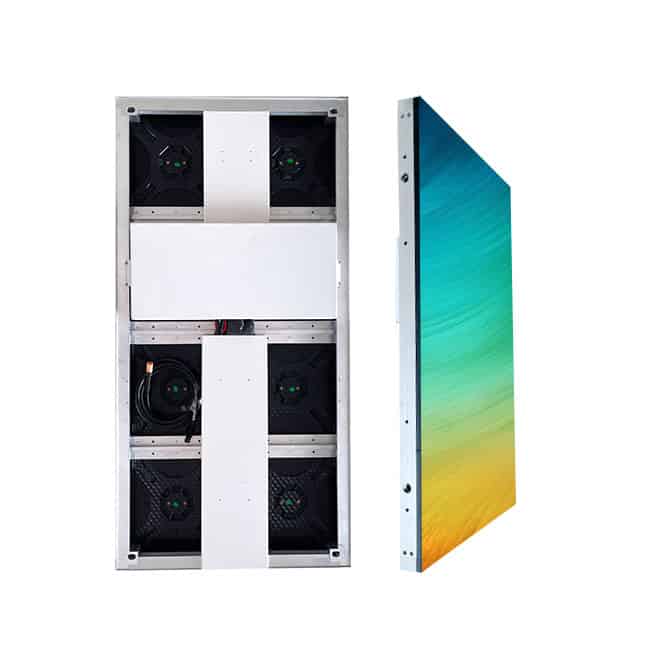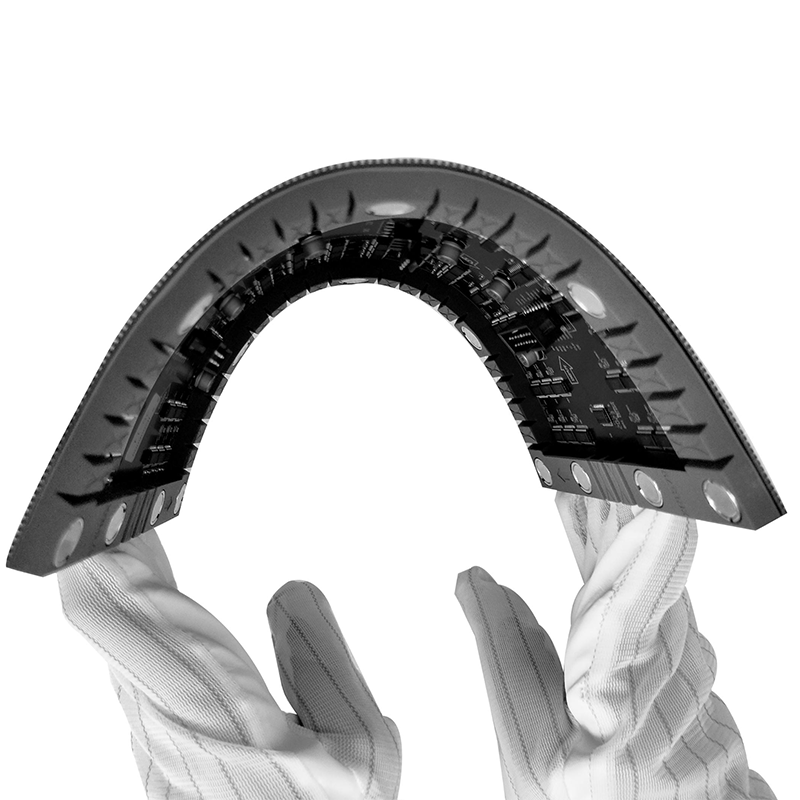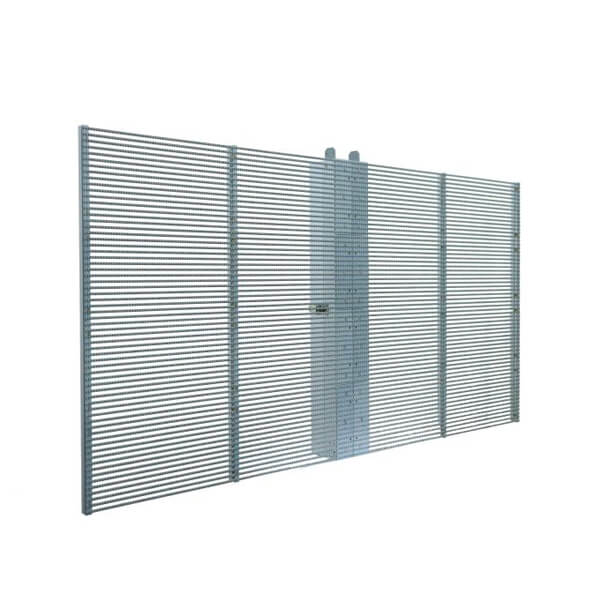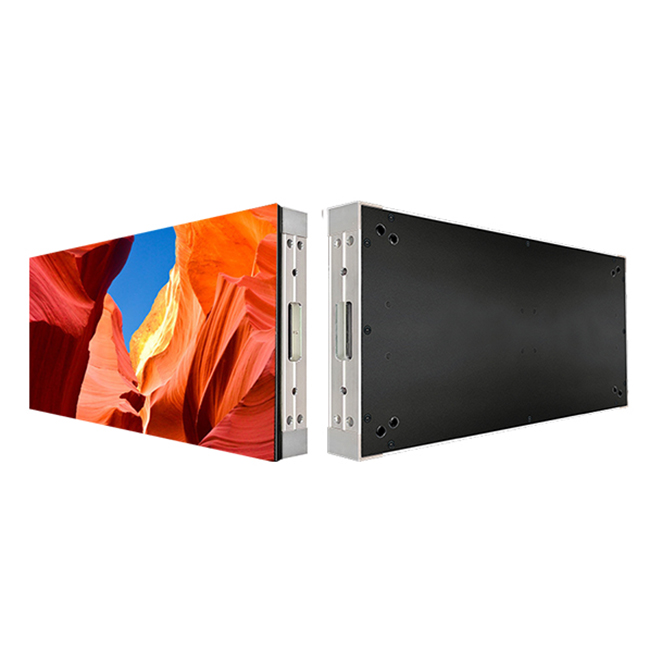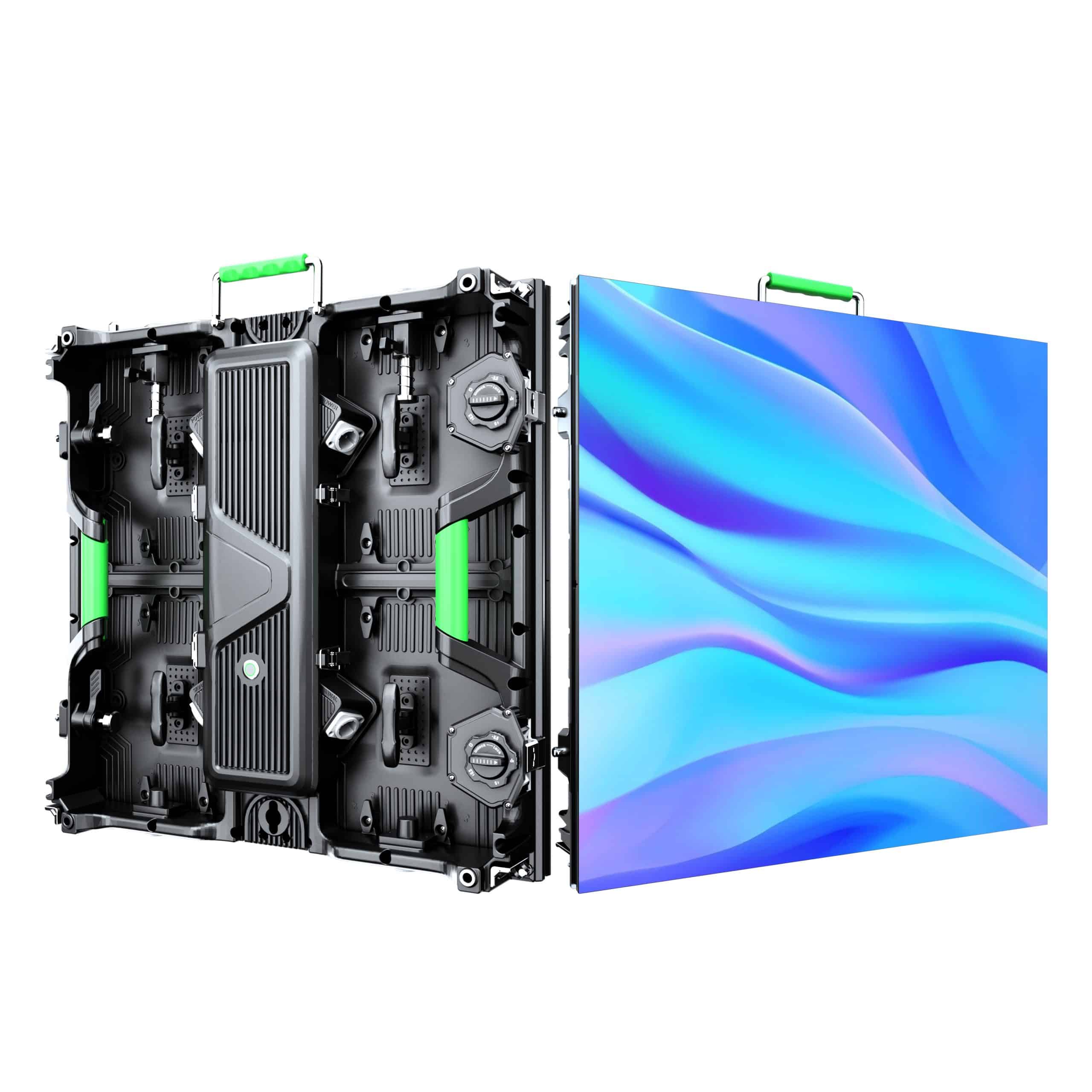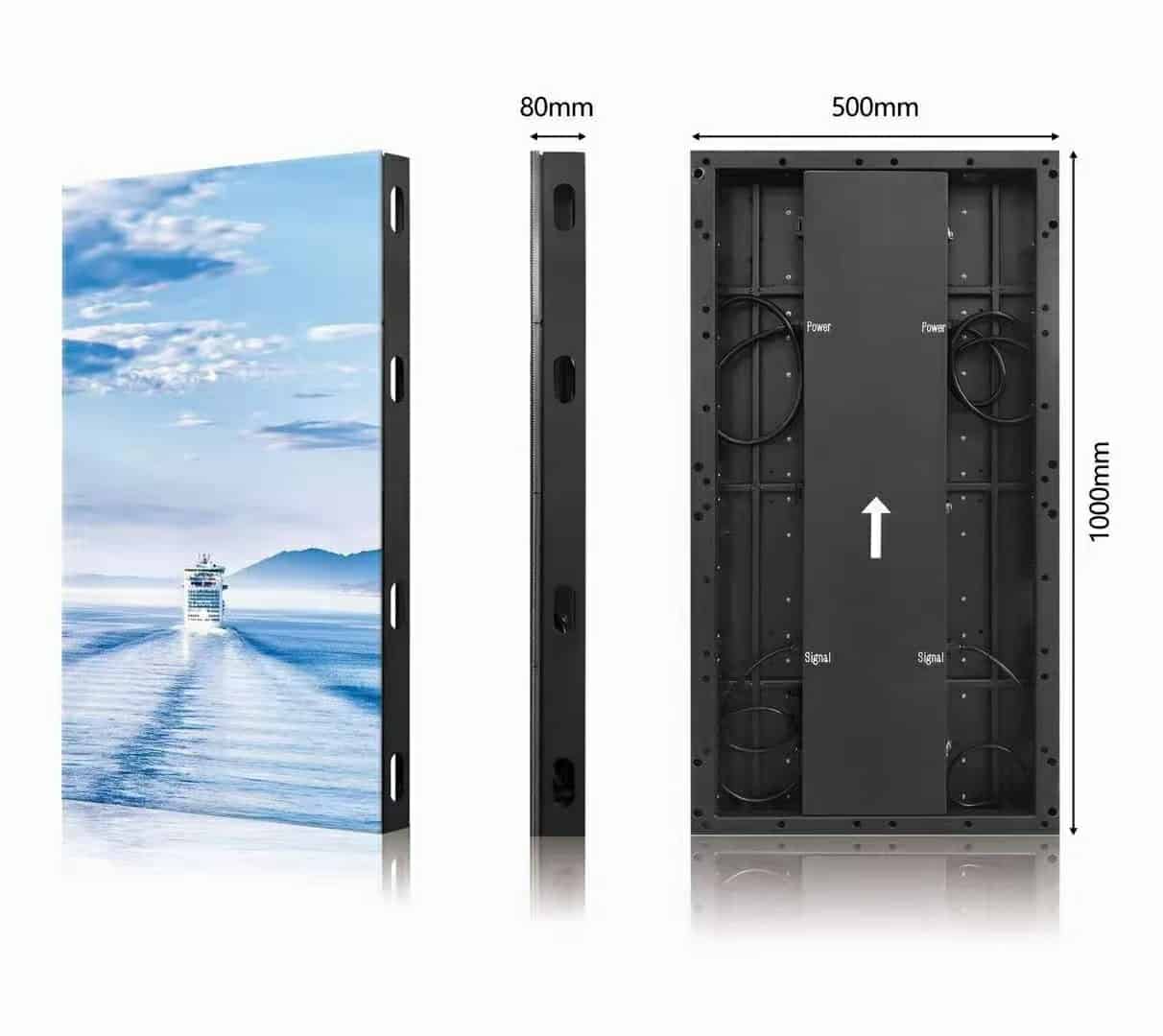So what is naked eye 3D in the true sense?

What is binocular parallax: People have two eyes, about 65mm apart. When we look at an object and the visual axes of the two eyes converge on this object, the image of the object will fall on the corresponding points of the retina of the two eyes. At this time, if the two eye retinas are overlapped, their vision should overlap, that is, a single, clear object can be seen. According to this fact, when the eyes converge to a point in space, we can determine an imaginary plane, all points on this plane will stimulate the corresponding areas of the retina of the eyes. This surface is called the horopter. It can be defined as the trajectory of all points in the imaging space of the corresponding area of the retina under certain convergence conditions. Objects located in the single visual area will all fall on the corresponding points of the retina to form a single image.
If the retinal parts of the two eyes are too different, then people will see a double image, that is, the same object is regarded as two. For example, we use our right hand to lift a pencil so that it is parallel to the straight line in the far corner of the wall. At this time, if we look at the straight line in the far corner of the wall, the pencil near the corner will have a double image; if we look at the pencil near the wall, the straight line in the far corner will have a double image.

Because of binocular parallax, the objects we see have a sense of depth and space.
How does naked-eye 3D deceive the eyes to create a sense of space and depth? Nowadays, 3D videos or images are two pictures taken by distinguishing the left and right eyes. The visual difference is about 65mm. By letting your left eye see the left eye Image, seeing the image of the right eye with the right eye allows your brain to synthesize a stereoscopic image with depth.


